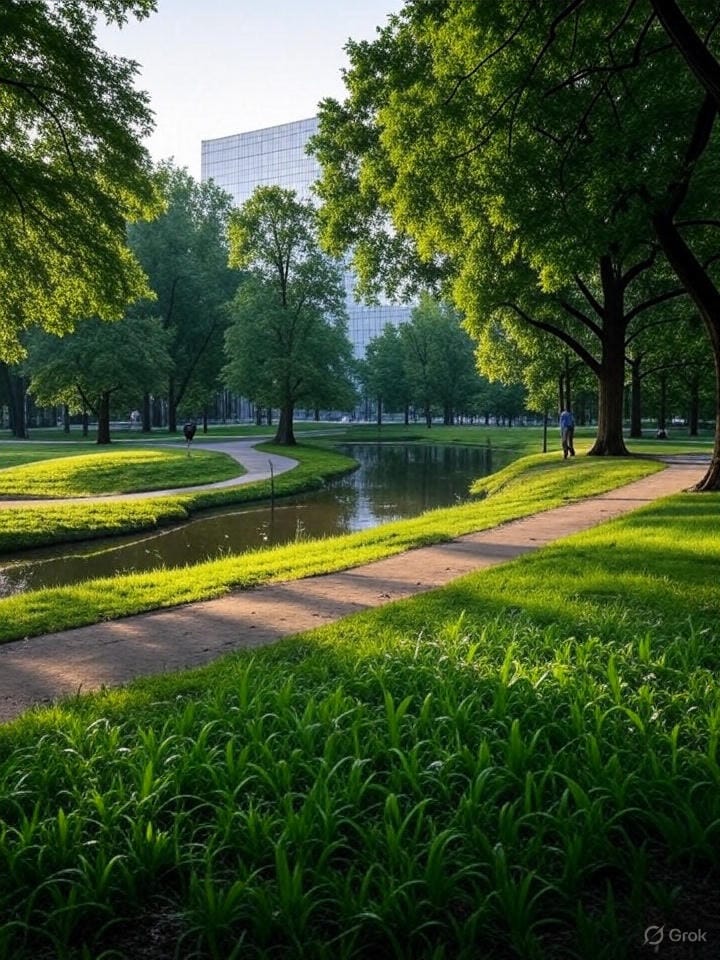
Table of Contents
ToggleWhen "green" goes wrong
Urban Green projects give us a future of cooler cities, cleaner air and vibrant public spaces. But what happens when they collapse into costly and abandoned failures ? From China’s futuristic Eco-cities to green parks, the urban sustainability movement projects didn’t just fall they also backfired. Yet it’s not just about wasted money or dead trees. Failed green projects can erode public trust and damage fragile ecosystems.
So why do urban Green projects fail ? And how can we make them succeed ? In this article we will break down the most common reasons, their solutions and explore real-world examples that went wrong. Whether you’re a planner, activist, designer or curious reader doesn’t matter. This lesson matters more than ever in climate climate-challenged world.
Top Reasons why urban green projects fail
Green initiative begins with grand ambitions like carbon reduction, public wellness or biodiversity revival. Yet many projects also collapse before delivering real impact. Before diving in, know how a sponge city works
1. Eco- Hype Outpaces Ground Realities
One of the biggest reasons why urban Green projects fail is the over-promise and under-deliver trap. Planners often use glossy visualization buzzwords like “smart” “net-zero” or “green lungs” and clean brown breaking innovation without proper feasibility assessments.
Example: Dongtan Eco City (shanghai) promised to house 500,000 people with zero carbon emissions by 2010 and now it is quietly abandoned due to lack of realism, political fallout and untested assumptions. But what goes wrong –
- Unclear goals beyond branding
- No adaptation to local climate, soil, or demographic needs
- Focusing more on aesthetics over functionality
2. Missing long-term maintenance
Green infrastructure isn’t a one-time investment it’s a living system. Despite this many projects failed due to a lack of a clear maintenance plan or being underfunded. A Green roof may survive the first year but without irrigation upkeep, pest monitoring pr seasonal trimming it becomes a liability. At last it becomes worse and an urban heating trapping zone.
Common symptoms:
- Tree deaths due to root compaction or water stress
- Pollinator gardens turning into weed beds
- Rain gardens are clogged with debris after a single monsoon
3. Exclusion of local Communities
Designing the green spaces without the people who live near them is a fast lane to failure. Community exclusion leads to underuse, vandalism or active resistance. In Skopje and Amsterdam, expensive “CityTree” air filtering units were mocked by locals as an useless tech furniture and some of them were even damaged or removed.
Why it fails:
- Green spaces don’t match local needs (e.g. youth hangouts or senior walking paths)
- Residents feel disconnected and have no emotional ownership
- Green gentrification: locals increase prices after the area becomes more “attractive”.
4. Ecological Blind Spots & Poor Design translation
Green projects often ignore micro-ecological realities. Instead of native species, designers import species (for a better look) without testing them for local adaptability. A high biodiversity rain garden in Mediterranean City might die off in subtropically humidity or arid dust-laden air
Real issues:
- Overhead trees planted on heat-reflective surfaces result in high mortality.
- Native undergrowth is neglected and it causes biodiversity to collapse
- Hardscapes heat up counteracting any cooling effect that had been promised.
5. Political showpieces
Too many projects are fastened just for ribbon-cutting by political leaders. They aren’t built for endurance and become part of the political year cycles rather than being 30-year urban sustainability plans. In many eco-cities in China planning stalled after government leadership changed. Those projects were never integrated into regular transport or jobs infrastructure. Alternatives to paper straws.
This results in:
- Orphaned green zones disconnected from daily urban life
- Budget cuts after elections
- Policy inconsistency — “sustainability” becomes a trend, not a core framework
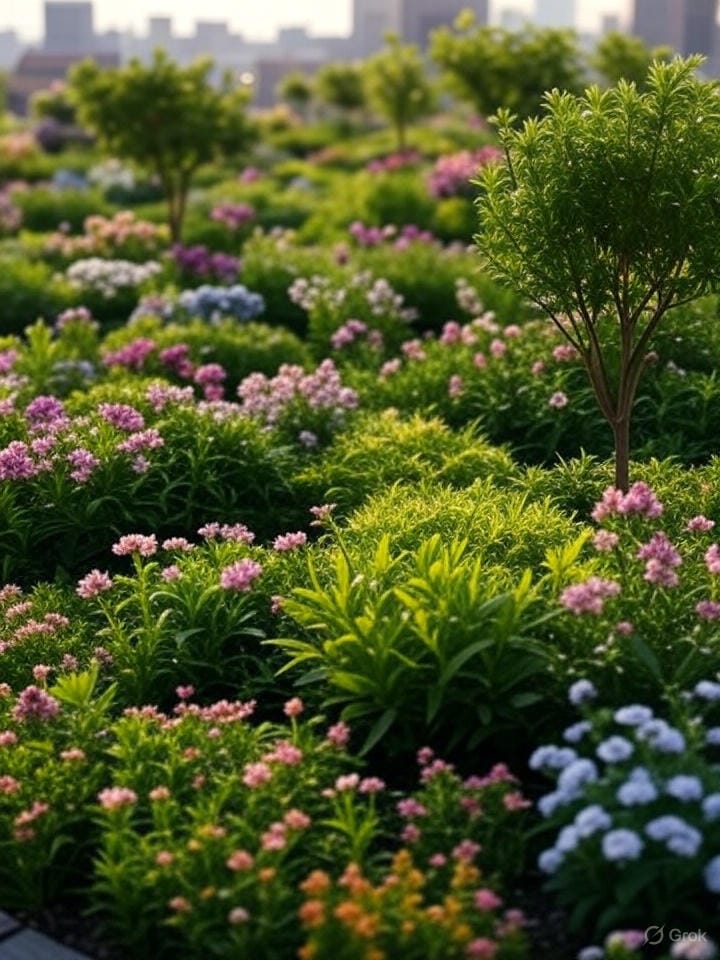
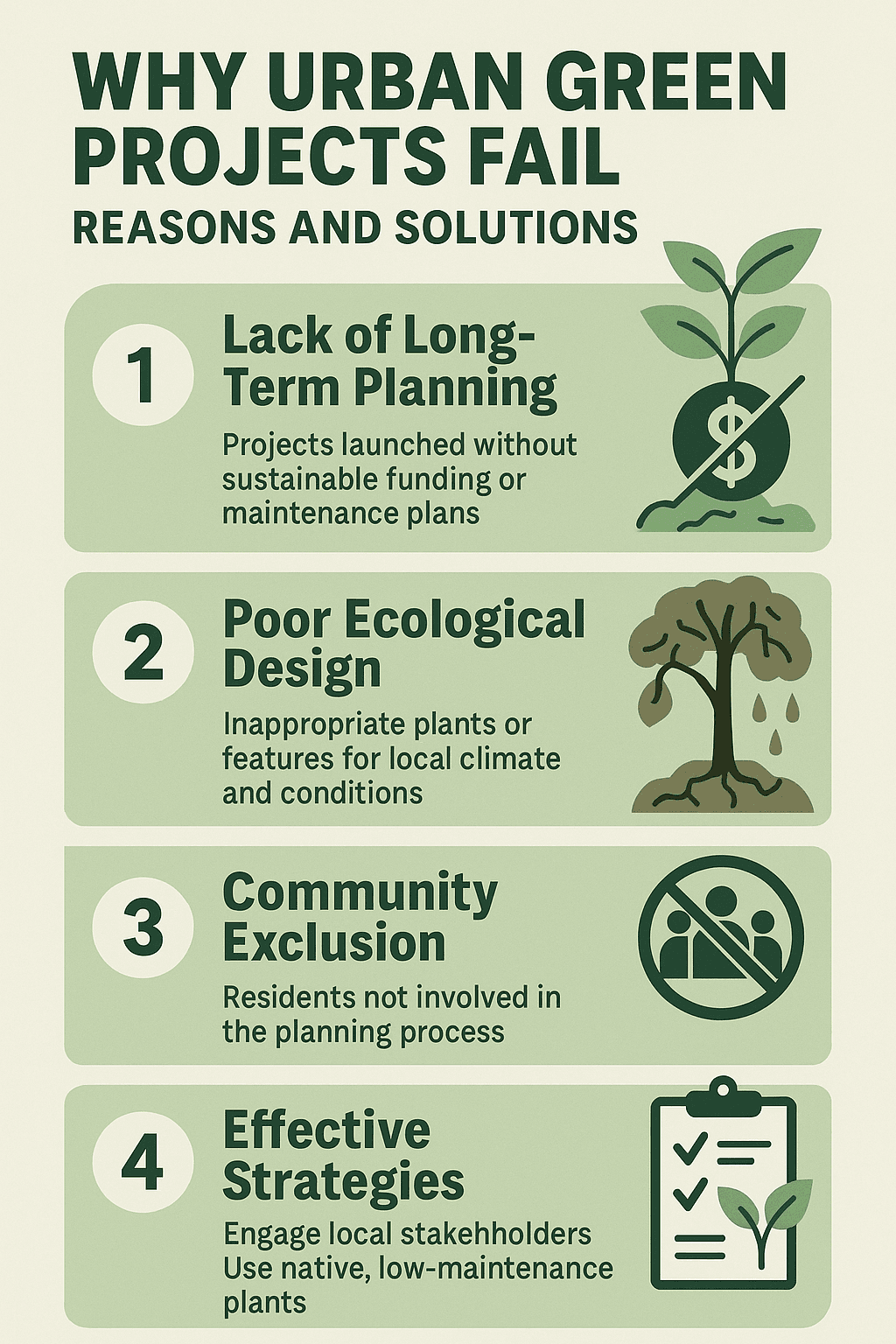
Green roof problems in cities : eco friendly park design mistakes
Green roofs are simple yet impactful solutions to combat urban heat Islands, stormwater runoff and air pollution. But in reality many Green roofs fall short of their timeline due to design flaws, poor maintenance and poor local adaptation. New emerging infrastructure – Green parking
Improper Layering and drainage issues
A Green roof is not just a matter of planting grass or flowers on the top of a building. The layering system is crucial it should have proper drainage, insulation and root barriers to keep the plants healthy and prevent water from damaging the building. A green roof project in Copenhagen faced severe waterlogging with the roof collecting water during heavy rainfall.
Why does it happen:
- Inadequate drainage system- water can cool and stagnate which kills plants and creates long-term building damage.
- Improper waterproofing layers- when water leaks into the structural below it compromises the building’s integrity
High Maintenance costs
Green roofs are often sold as a sustainable, low-maintenance solution. In reality they require constant attention like weeding and irrigation on time and seasonal plant replacement. Many cities underestimate the long-term costs. In a green roof project on a building in New York City, the maintenance costs ended up being three times higher than originally projected
It happens because:
- Irrigation systems often need adjustments for climate or seasonal changes
- Regular plant replacements are essential, as many green roofs fail to sustain plant life over time
- Pest and mold management becomes critical, especially when the roof is in a humid environment
Climatic Mismatch & Plant Survival Failures
Not all cities are made equal they have different local climate that plays a massive role in whether a Green roof will succeed or fail. When non native species are implanted without understanding the city’s microclimate then plant survival becomes a gamble. In Sydney, a Green roof project used Mediterranean plants and at the end you can predict what would happen.
But why :
- Non-native species may not be suited to local weather conditions
- Inadequate environmental testing. Failure to assess microclimates before plant selection
- Water-use mismatch – many plants need water and many are desert plants
Overestimating the cooling effect
One of the main benefits of green roofs is their ability to mitigate urban heat islands by providing a cooling effect. However many urban planners have overestimated how effective green roofs will be and especially when they aren’t built with the right material or design. A city in Spain installed a large green roof on a government building to lower urban temperatures. But the materials were too reflective and the roof ended up absorbing more heat.
Why does it happen?
- Wrong roofing materials — reflective or heat-absorbing materials can cancel out the cooling benefits
- Insufficient vegetation cover —the cooling effect is minimal if the vegetation doesn’t cover enough area
- Lack of design synergy- The Green roof must work in harmony with insulation and local weather for more effect
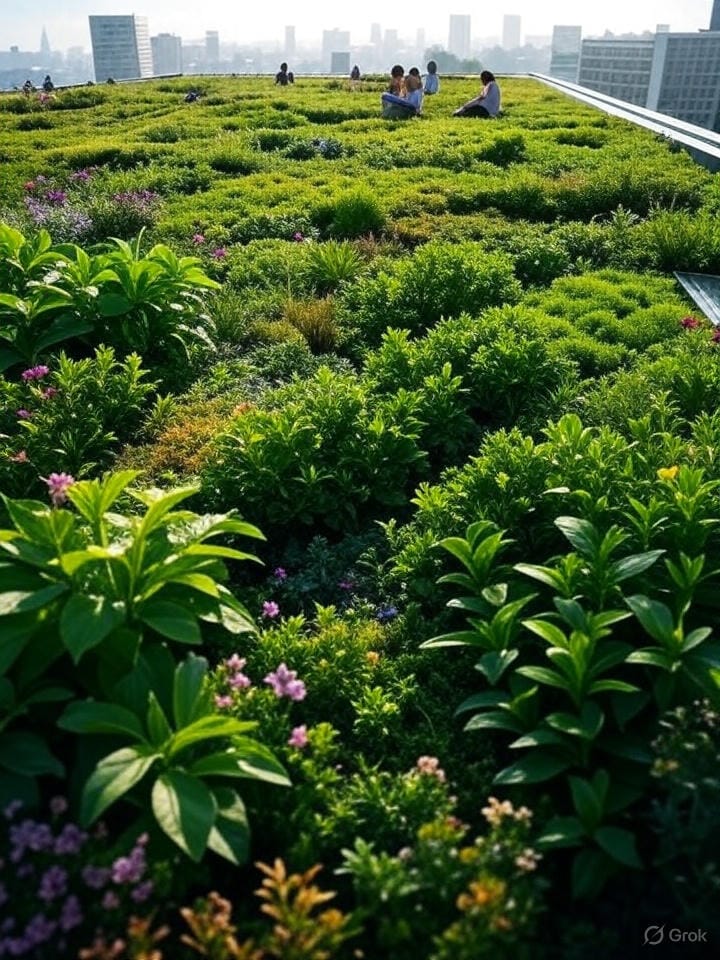
Solutions for sustainable urban planning failures
It’s easy to focus on failure but the real value lies in learning what makes Green projects succeed. Successful urban green initiatives don’t rely on luck or buzzwords instead they succeed because they’re community-rooted, climate-adapted and realistically founded.
Community-First planning
Most failed projects ignored one thing and that is – the people living there. In contrast successful projects engage residents not just as users but as co-creators. People protect what they have built. From initial planning workshops to citizen science initiatives, all engaged communities treat green spaces as their own.
Design for local climate, not for aesthetics
Too many projects failed due to fuzzy ideas. Makers were trying to give an aesthetic vibe and hence they chose the wrong species of flora & fauna. And that’s why urban green projects fail. The best Green project respects the microclimate, rainfall pattern, and native ecosystem.
Solution:
- Use soil testing and solar exposure mapping before selecting vegetation.
- Include climate buffers like windbreak hedges or rain capture zones
- select those plants that attract native pollinators and birds.
Build for Maintenance
Green infrastructure isn’t a “set-it-and-forget” system. It’s a living and breathing Asset. Even a beautiful green space can become a burden if there is no budget or workforce to care for it. That leads to decay, dead trees and bad public perception.
Solutions:
- Define maintenance responsibilities before construction
- Use low-maintenance native species to reduce labour costs
- Include community stewards or “adopt a space” programs
- Set aside a 5-year O&M (operation and maintenance) fund in the initial budget
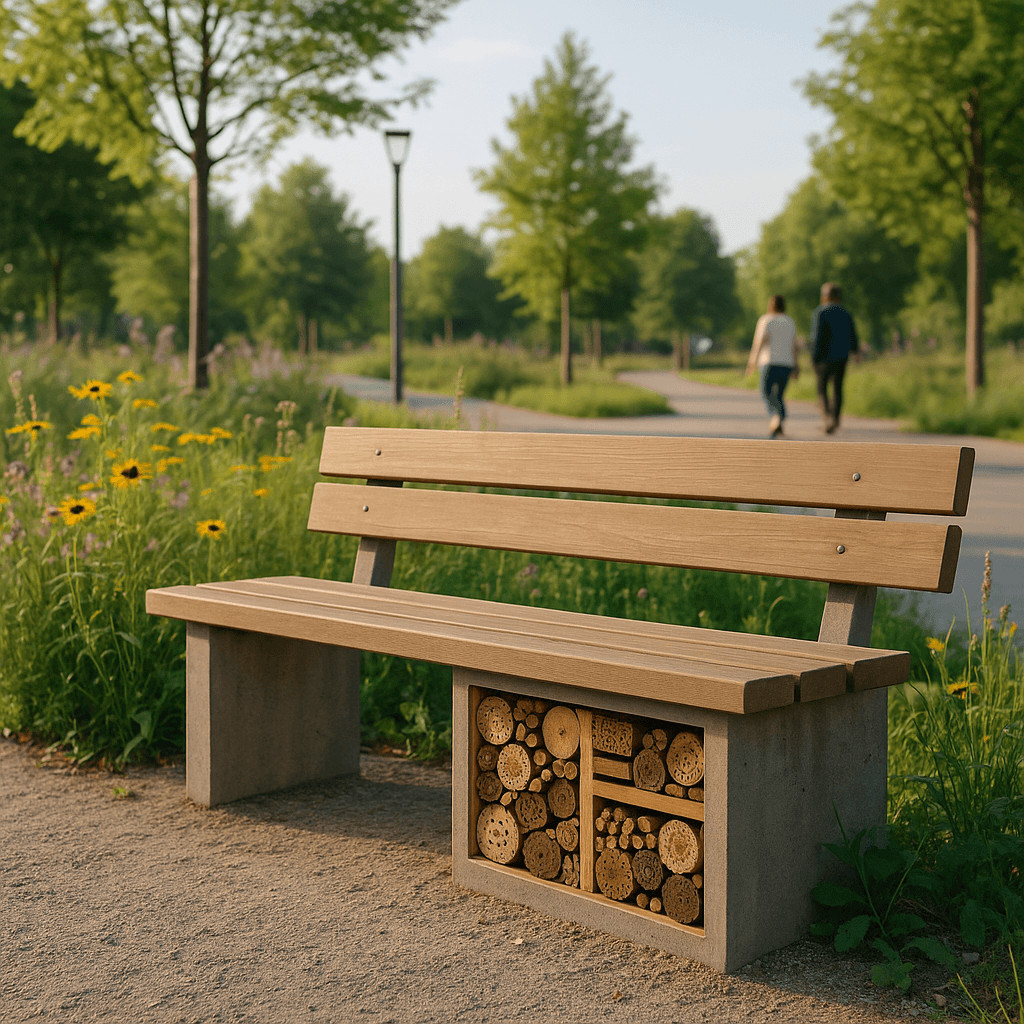
Pilot projects Before Full-scale rollout
Dressing into full implementation is a trap. Smart cities test small-scale pilots to find what works and build buy-in before expansion. A failed pilot is a lesson. A failed megaproject is a scandal. Pilots reveal technical flaws, social resistance and budget gaps early on.
Solutions:
- Start with a single intersection or mini park block
- Gather feedback from users for 3-6 months
- Measure indicators: temperature, biodiversity, usage , runoff retention
- Scale only when performance and engagement are solid
Natural England (UK): Green Infrastructure Framework explaining how green-blue spaces provide lots of benefits. For more guidance on planning and justifying green infrastructure investments, see the European Environment Agency’s “Green infrastructure: better living through nature‑based solutions”.
FAQs
What are the main reasons why urban green projects fail in modern cities?
The reason why urban Green projects fail is due to poor maintenance planning, lack of community involvement and unrealistic expectation about performance. Many city planners underestimate long-term costs and overestimate public usage which leads to underutilization.
Can better design stop why urban green projects fail so often
Absolutely. Most failures grow from design flaws that ignore local climate, maintenance capacity or user behaviour. Cities that integrate adaptive design – like modular green roofs or multifunctional parks reduce the chances of failure.
Is poor funding a major reason why urban green projects fail?
Yes – inadequate or inconsistent funding is a common thread in why urban Green projects fail across cities worldwide. Without a dedicated budget for upkeep, staff training and ecosystem monitoring even the best Green initiatives eventually collapse.
